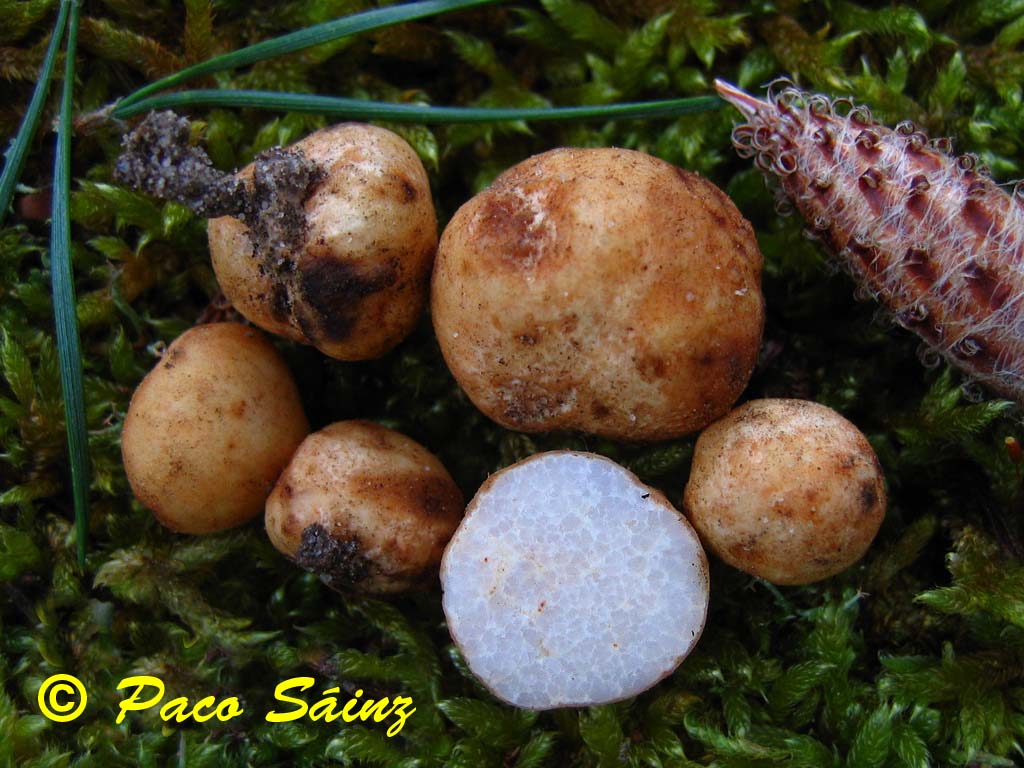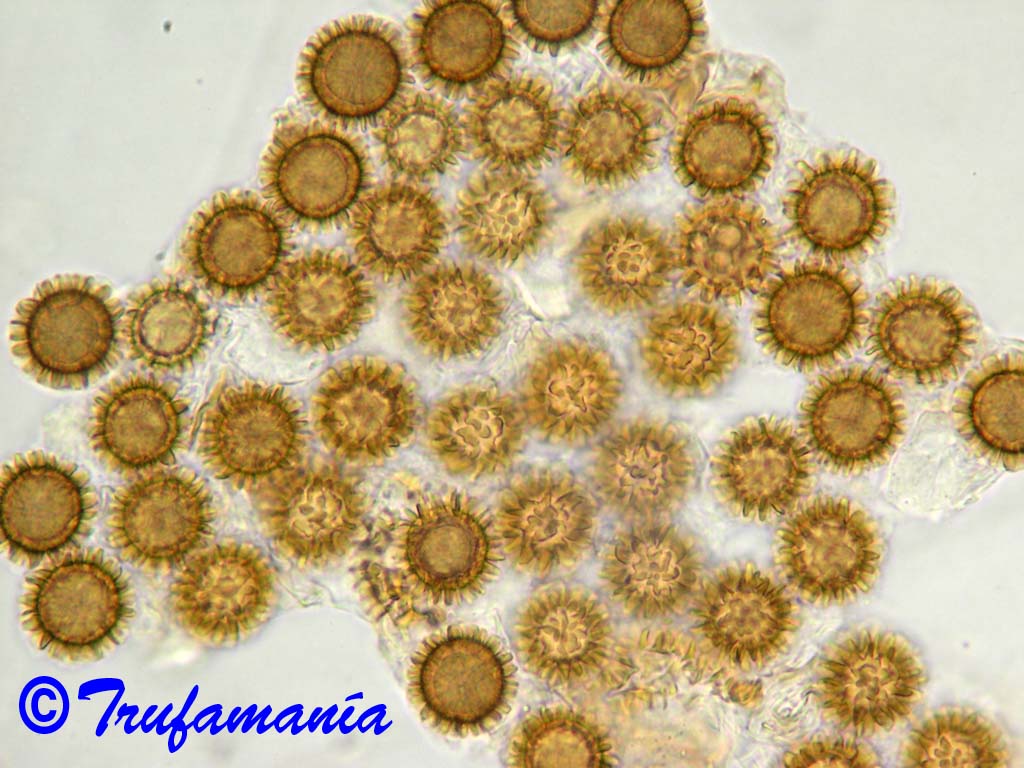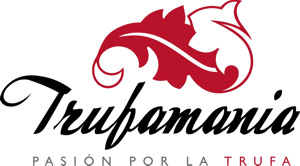TERFEZIA PINI Bordallo, Ant. Rodr. & Muñoz-Mohedano
Mycotaxon 124: 198 (2013)

(Click on the picture to see more images)
Macroscopic characters:
Ascomata: hypogeous, 1–2 cm in size, subglobose, rounded sterile base with a mycelial tuft, cream color at first, becoming light ochre, smooth.
Peridium: 200–400 µm thick, poorly delimited, pseudoparenchymatous, composed of subglobose cells of variable size, thick-walled, hyalines in the innermost layers, yellowish in the outermost layers.
Gleba: solid, fleshy, succulent, whitish with light pink pockets at first , maturing to dark brown, sometimes greenish, pockets of fertile tissue separated by whitish sterile veins.
Odour: faint, no distinctive
Taste: mild.
Distibution, Habitat and Season:
Widely distributed in the western half of the Iberian Peninsula, in sandy, acid soils, mostly associated with Pinus spp. and less frequently with Quercus spp., from November to May.
Comments:
Molecular analysis have shown several distinct clades within spiny spored Terfezia species with pseudoparenchymatous peridium. Terfezia pini differs from other spiny spored Terfezia species in the small size of ascomata, <2 cm diam, spore size 20–22 µm including ornament, with spines 3–4 µm long, often connected to form a pseudo-reticulum, in a long fruiting period, from autumn to spring, growing in acid soils associated with trees and not to Cistaceae.
Acknowledgments:
To Paco Sáinz, author of the macroscopic pictures.
To Aurelio García by submitted samples that have allowed us to better understand the distribution of Terfezia pini
http://asociacionvallisoletanademicologia.com/wordpress/wp-content/uploads/2015/03/Terfeziapini.pdf

(Click on the picture to see more images)
Microscopic characters:
Asci: nonamyloid, subglobose, ellipsoid to ovate, sessile or short-stipitate, 60–90 x 45–60 µm, walls 1 µm thick, with 6–8 irregularly disposed spores, randomly arranged in the gleba.
Ascospores: globose, (18–)20–22(–24) µm diam (median = 21 µm) including ornament, 14–17(–18) µm (median = 16 µm) without ornament, hyaline, smooth and uniguttulate at first, by maturity yellow ochre and ornamented with cylindrical, conical, sometimes finger-like and flexuous, blunt spines, 3–4(–5) µm long, 1–2 µm wide at the base, often connected to form a pseudo-reticulum.
| Antonio Rodríguez trufamania@gmail.com antonio@trufamania.com |



